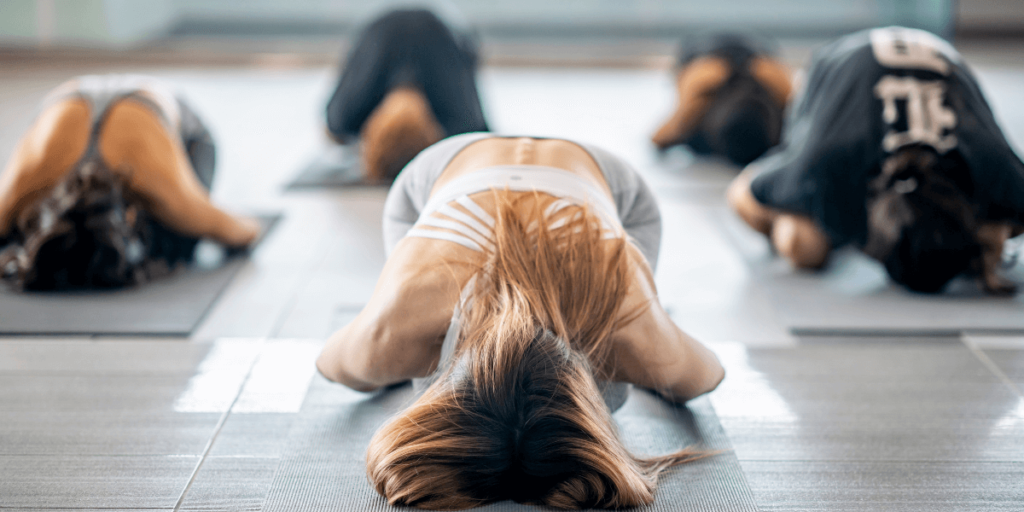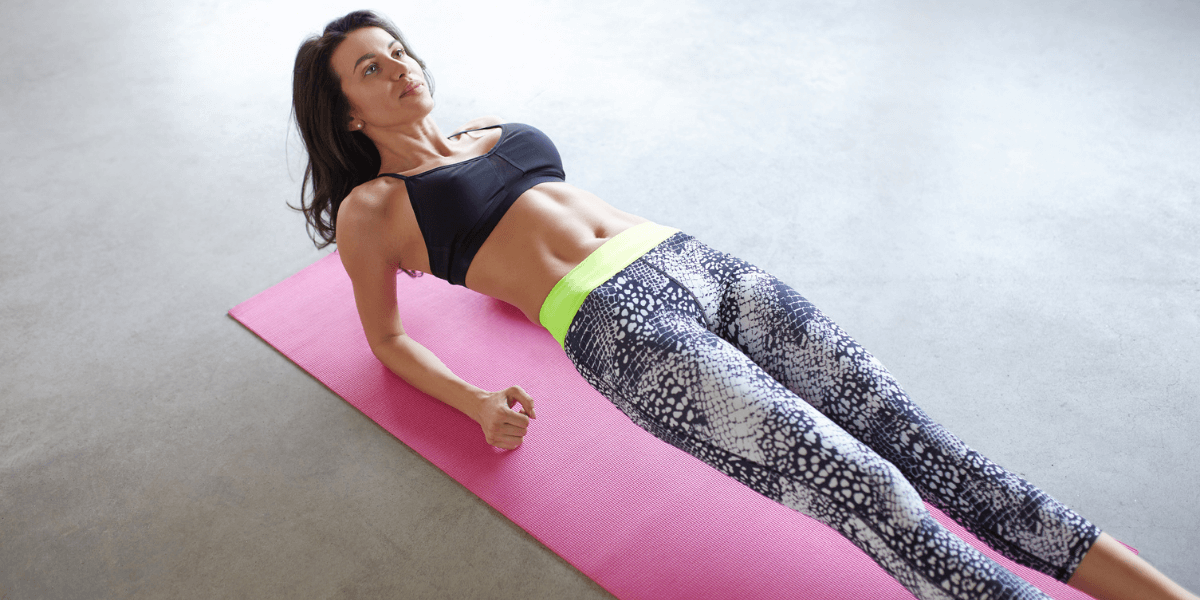We all know that yoga can be beneficial to one’s mind, body, and spirit when practiced on a regular basis. But, note that there are lots of important things to consider before starting a yoga practice. Mainly, it includes how long a person holds a yoga pose. So, in this article, we will be discussing the different information about yoga and we will help you answer the question, “how long do you hold a yoga pose?”
Remember that each person’s body is different, and there are just general guidelines to follow. The duration we spend holding yoga poses varies based on the style of yoga we’re doing. The typical response to the question is “three to five breaths or up to 30 seconds,” yet this might vary depending on the individual and what feels good in their body. It also depends on the person’s adaptability and experience. Continue reading to learn more suggestions and ideas on how long you should maintain a yoga pose.
Factors to Consider on How Long Should You Hold a Yoga Pose
- Type of Yoga
- Purpose/Goal
- Age
- Flexibility
- Fitness level
- Medical history
- Injuries
- Ability to stay focused and relaxed
- Will power
Different Types of Yoga and Their Recommended Pose Hold Duration
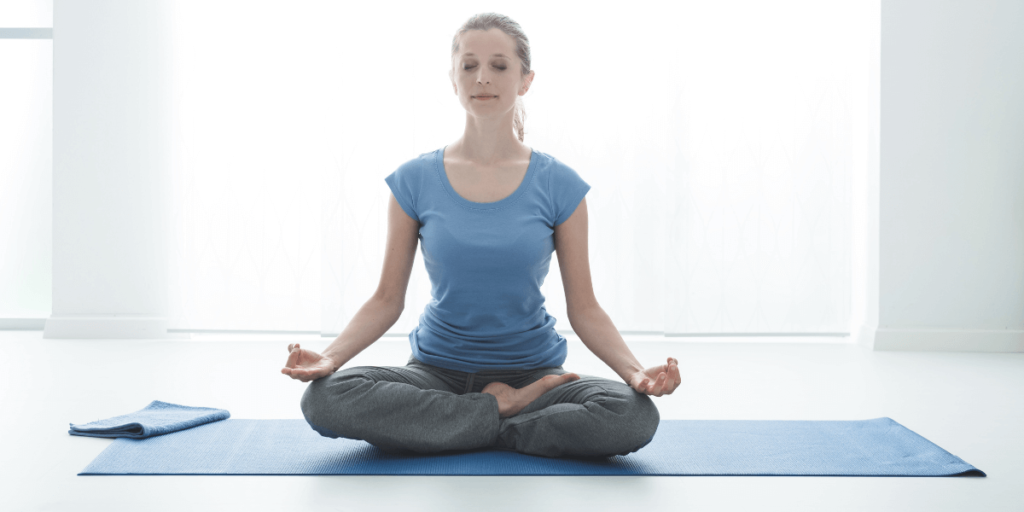
Hatha Yoga – Though no time limit is prescribed. About 1 minute in an asana is a good time
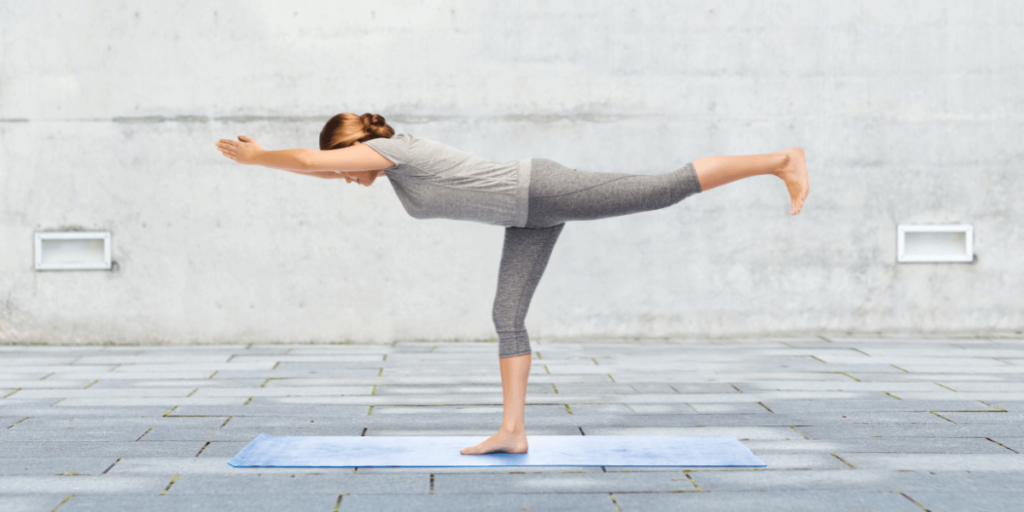
Ashtanga Yoga – Each pose is held for approximately 5 to 10 breaths, from 30 seconds to 2 minutes.
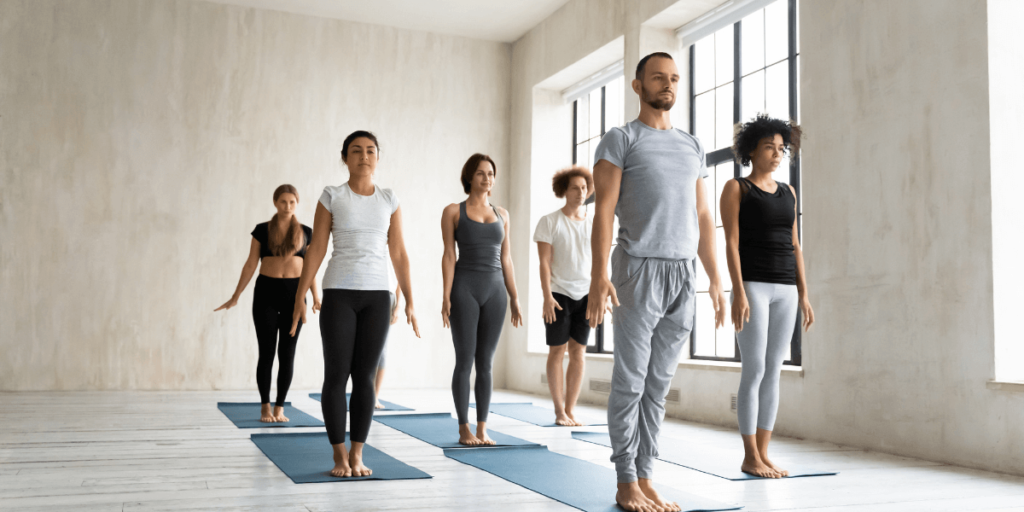
Iyengar Yoga – The poses are held for 5 to 30 minutes, this varies from one pose to another.
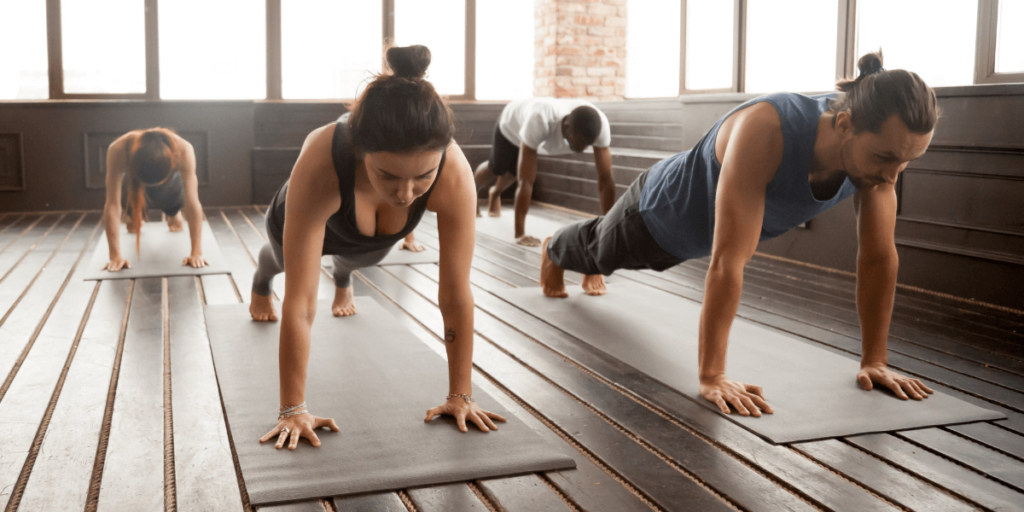
Vinyasa Yoga – As you move from one pose to another, you can hold each pose for 15 to 30 seconds.
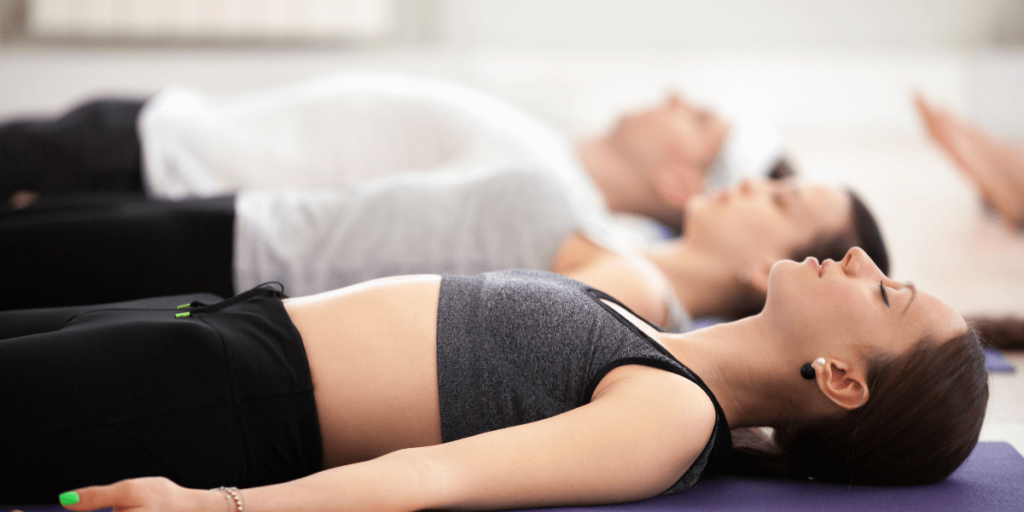
Yin Yoga – The postures are generally held for at least one minute and with the practice for long as twenty minutes.
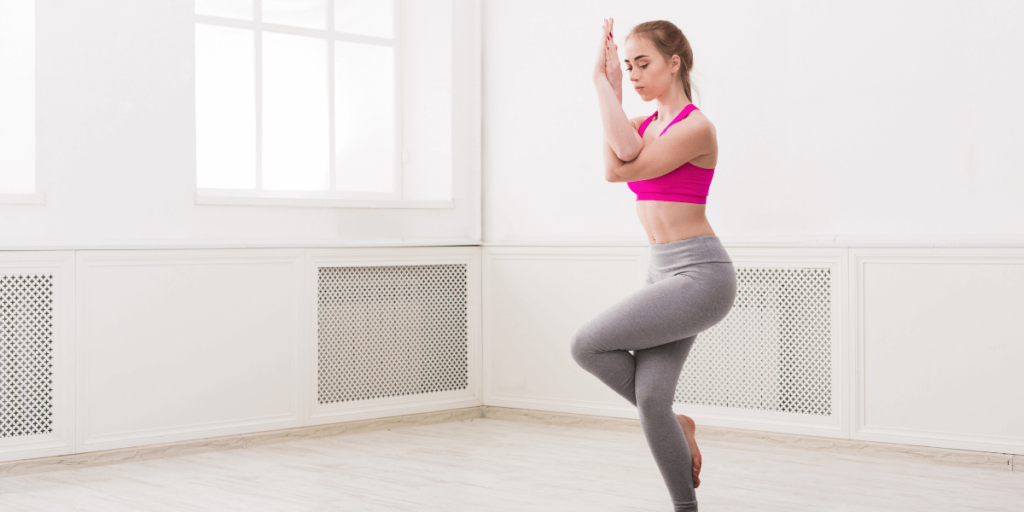
Bikram Yoga – It usually depends on the pose, it normally lasts for 20 seconds to 2 minutes.
The Benefits of Holding Yoga Poses
Longer hold times can be utilized for two different goals. The 1st is to build strength, muscle endurance, body awareness, and better muscle activation. The 2nd is for recovery and passive flexibility.
First Goal (Yoga for Strength and Endurance)
If you’re doing yoga for strength and endurance elements, hold times will be more dependent on the difficulty of the pose. Generally speaking, hold times of 3-6 ten-second breaths are what you’re looking for, which is about 30 seconds or 1-minute of hold time. Usually, you should be aiming for 1-minute hold times with these challenging poses for maximum benefits.
Longer hold times combined with proper technique and breathing leads to a lot of benefits including:
It’s Great Standalone Workout – Long hold times challenge your strength and muscle endurance to effectively build lean muscle.
Builds Strength & Endurance – Long hold times help you develop the muscle activation needed to hold more intense postures that require more strength and active mobility.
Training Balance – Holding a pose longer starts to challenge your balance as your muscles become fatigued.
Improves Technique & Body Awareness – Long hold times improve your technique by building better body awareness in the pose. The longer you hold a posture; the more muscle fibers are activated, which leads to better muscle activation.
Builds Mobility – Staying in an engaged pose for longer results in stretching the antagonistic muscles of the current pose, improving your flexibility & mobility.
Second Goal ( Yoga for Recovery)
If you’re using yoga for recovery-focused elements (Yin Yoga), long hold times as short as 1 minute and up to 5-minutes can be used. So, that’s about 6 ten-second breaths or 30 ten-second breaths. Since these poses are more focused on relieving tension and passively stretching your body, you won’t be shaking and sweating too much.
The longer hold times with restorative yoga are great if you want significant immediate improvement in the following:
- Relieve Muscle Soreness
- Relives Tension
- Pain Relief
- Recovery Quicker From Other Workouts
- Improves Flexibility
Conclusion
Listen to your body and do what your body needs because what your brain needs and your body needs are often two different things. The length of time you should hold a yoga posture depends on your goals, restrictions, and the type of yoga you’re doing. However, regardless of how long you hold a position, you should strive for proper body alignment and posture to avoid injury.
